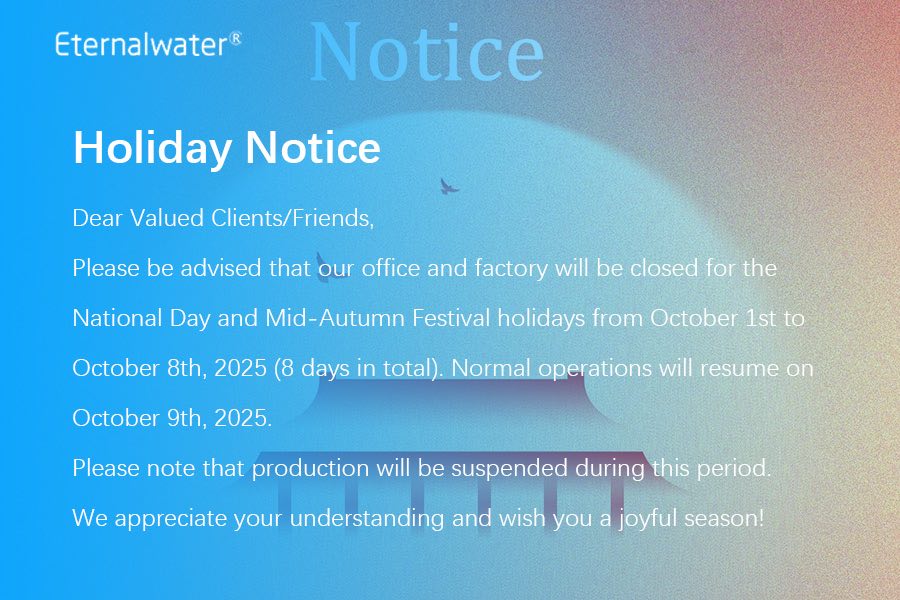
What is the difference between 5 μm and 10 μm filter?
2024-01-08 EternalwaterMicron Ratings - A Better Understanding & Breakdown
An important part of any filtration system is the filter’s micron rating. It helps determine the amount and size of debris that gets filtered or removed from liquids. Micron ratings can give important information in their number alone. Being able to effectively read and understand micron ratings allows you to easily decide between different filtration options. Below, we have provided information about several common micron ratings used in industrial strength filtration systems.
5 Micron
Filters with a 5 micron rating remove a large amount of debris from liquid. While there are other, smaller micron ratings, those filters below 5 micron are prone to intense clogging or quick debris buildup. The smaller the micron rating, the faster the filter fills up. To prevent clogging, it is sometimes suggested to use more than one filter when there are a lot of particles, dirt, and debris to be filtered. A 5 micron rating works well in many industries, including the food and beverage industry.
10 Micron
This rating filters a little less than the 5 micron rating. Filters with a 10 micron rating can remove some unseen materials from liquid but not bacteria or viruses. However, 10 micron is still very small and can benefit many industries, from oil to chemical plants, because of their ability to filter so much. Like the micron ratings lower than this, 10 micron rated filters tend to clog quickly.
Membrane Pleated Filter Cartridge
Latest News
Read more
- Industry Application
- Life Sciences
- water treatment
- Industrial Filtration
- Food & Beverage
- Microelectronics
- Laboratory
- New energy battery
- Contact Us
- [email protected]
- +86-571-87022016
- +86-571-87293027
- +8613675899519
- Subscribe for Join Us!
- Join us and get detail information,technical parameter and new products etc.
CopyRight © Hangzhou Eternalwater Filtration Equipment Co., Ltd. 2002-2025
- [email protected]
- Jenny wu
- +8613675899519
- +86(571) 87022016

 EN
EN  ES
ES AR
AR JP
JP CN
CN




